
 |
John Paul RiquelmePublications & Work in Progress |
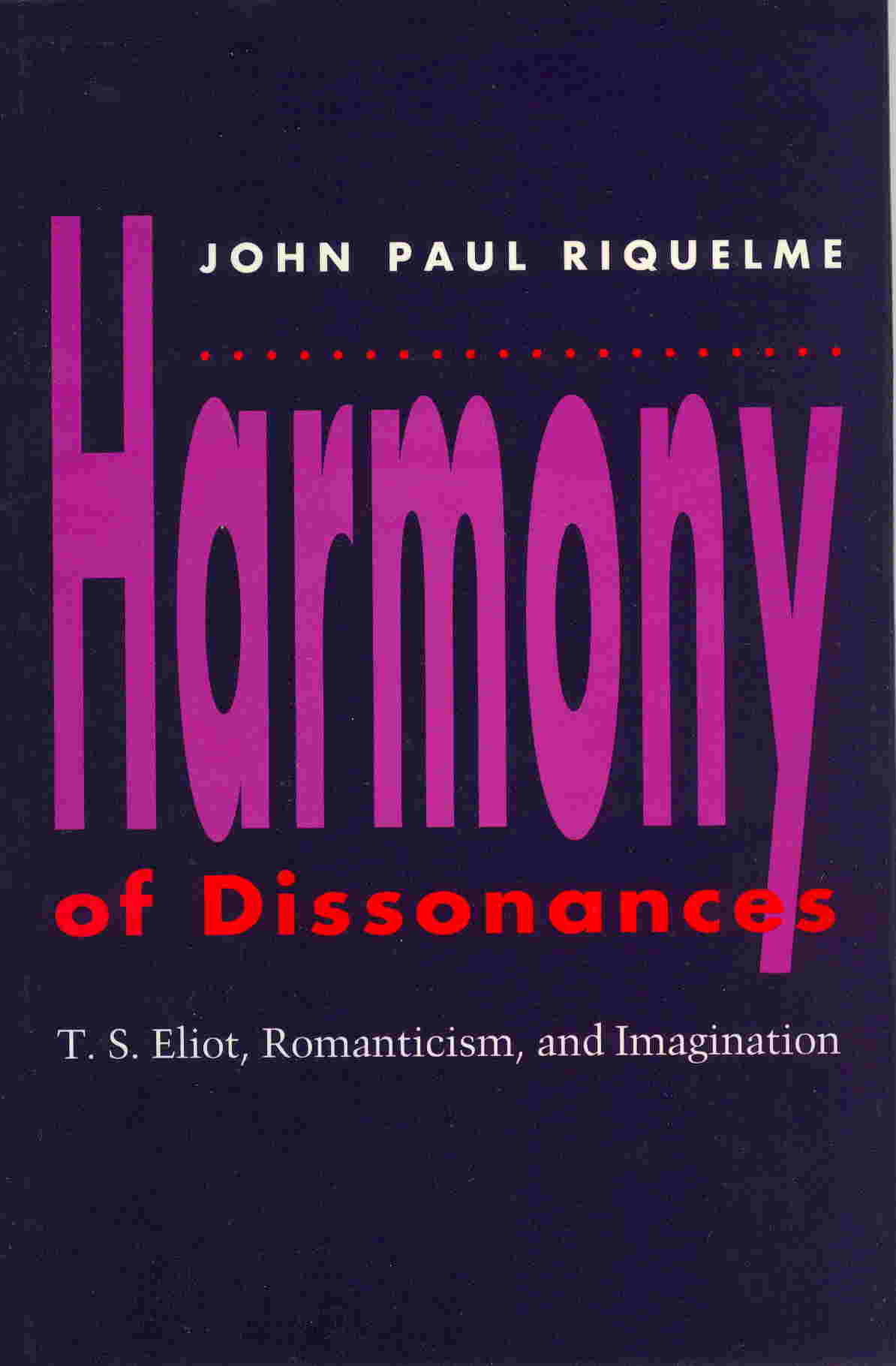 |
T. S. Eliot, Romanticism, and Imagination The Johns Hopkins University Press, 1991. xviii + 355 pp |
Teller and Tale in Joyce's Fiction: Oscillating Perspectives The Johns Hopkins University Press, 1983. xviii + 270 pp Selected by Choice as an outstanding academic book of 1983-84. |
 |
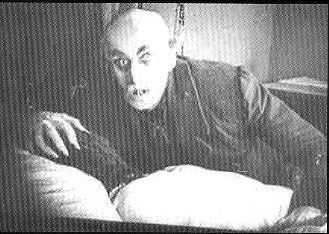 |
Forthcoming, Johns Hopkins University Press, Spring 2008. Collection of twelve essays on the Gothic tradition and the literature of the long twentieth century. 250pp |
James Joyce, A Portrait of the Artist as a Young Man A Norton Critical Edition W. W. Norton, Spring 2007. xxx + 490pp Text with explanatory glosses and textual variants, portfolio of contextual materials (including 14 illustrations), 12 critical essays, bibliography. Reprints the Garland text est. by H-W Gabler. |
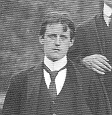 |
 |
Bram Stoker, Dracula Bedford/St. Martin’s Press, 2002. xiv + 622pp Annotated text with biographical and historical essay and review of criticism, portfolio of cultural documents and illustrations, and interpretive essays illustrating contemporary critical approaches by: Gregory Castle (new historicism), Sos Eltis (gender), Dennis Foster (psychoanalysis), myself (deconstruction), and Jennifer Wicke (combination of perspectives). |
Thomas Hardy, Tess of the d'Urbervilles Bedford/St. Martin's Press, 1998. xiv + 606pp Annotated text with biographical essay and review of criticism, and essays illustrating five contemporary critical perspectives: New Historicism (Catherine Gallagher), Reader Response (Garrett Stewart), Feminist Criticism (Ellen Rooney), Cultural Criticism (Jennifer Wicke), and Deconstructive Criticism (myself). |
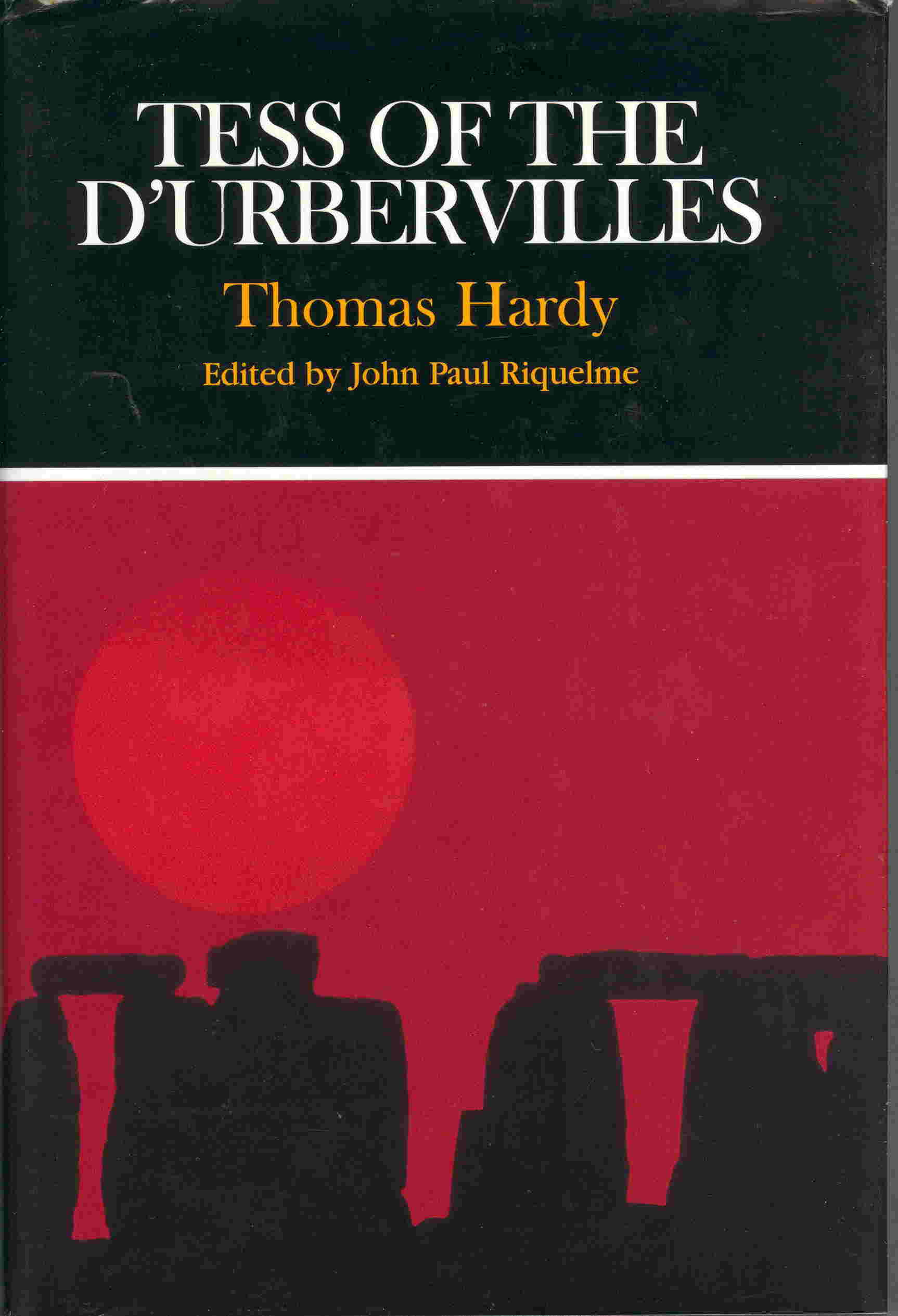 |
 |
Essays on Reading as Translation by Fritz Senn . The Johns Hopkins University Press, 1984. xxxii + 225 pp Includes my introduction, thirteen essays by Fritz Senn, and bibliography. |
Guest Editing for Journals
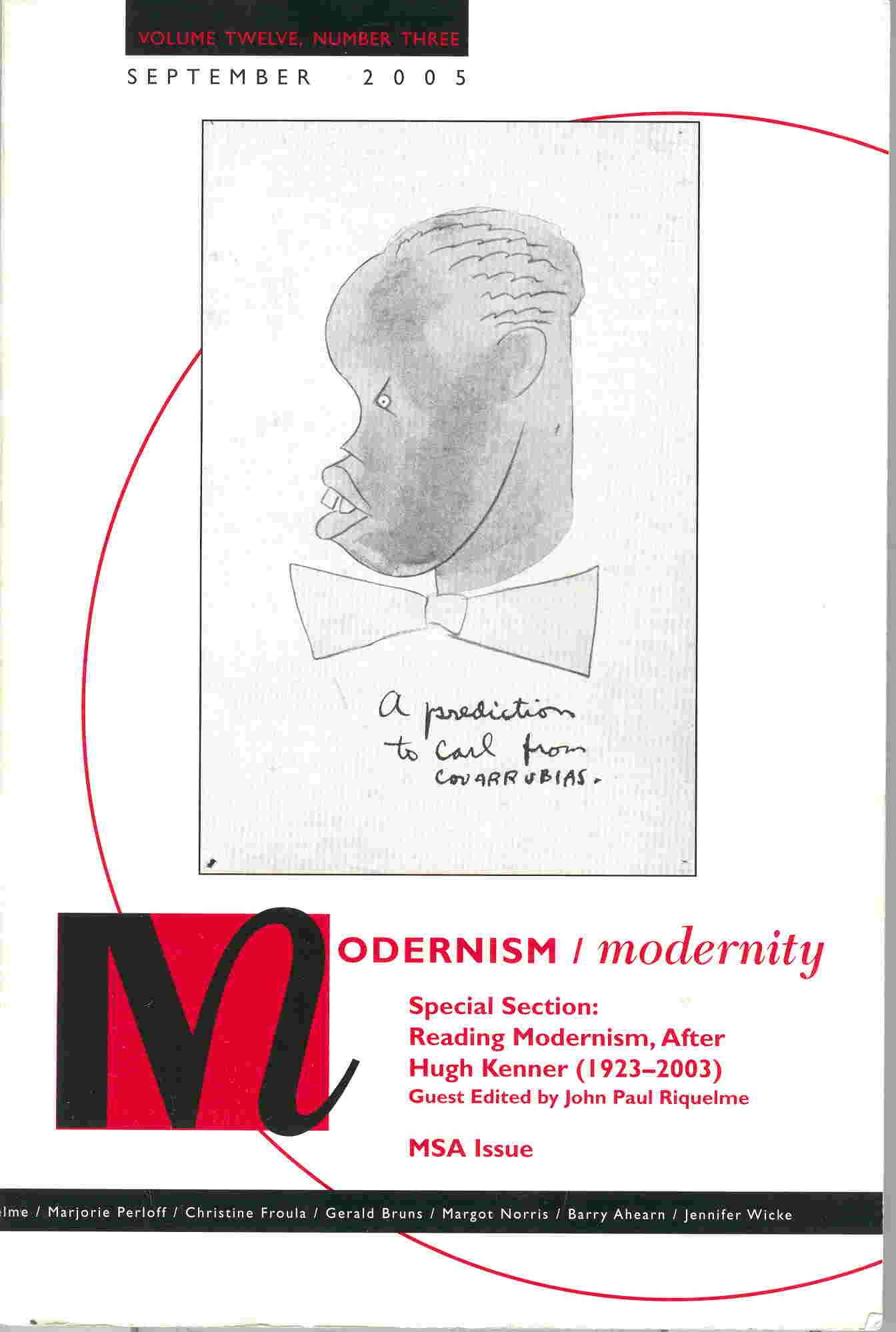 |
Reading Modernism, After Hugh Kenner (1923-2003) Special Section of Modernism/Modernity 12.3 (September 2005): 459-503. Consists of my introduction and seven brief essays on Kenner and modernism by Marjorie Perloff, Christine Froula, Gerald Bruns, Margot Norris, Barry Ahearn, Jennifer Wicke, and myself. |
 |
Special Issue, Modern Fiction Studies 46:3 (Fall 2000) Includes my sketch of the history of modernist Gothic, my essay on Wilde's Aesthetic Gothic, and eight other essays on authors from Bram Stoker and Thomas Hardy through M. R. James to Samuel Beckett and Bret Easton Ellis. |
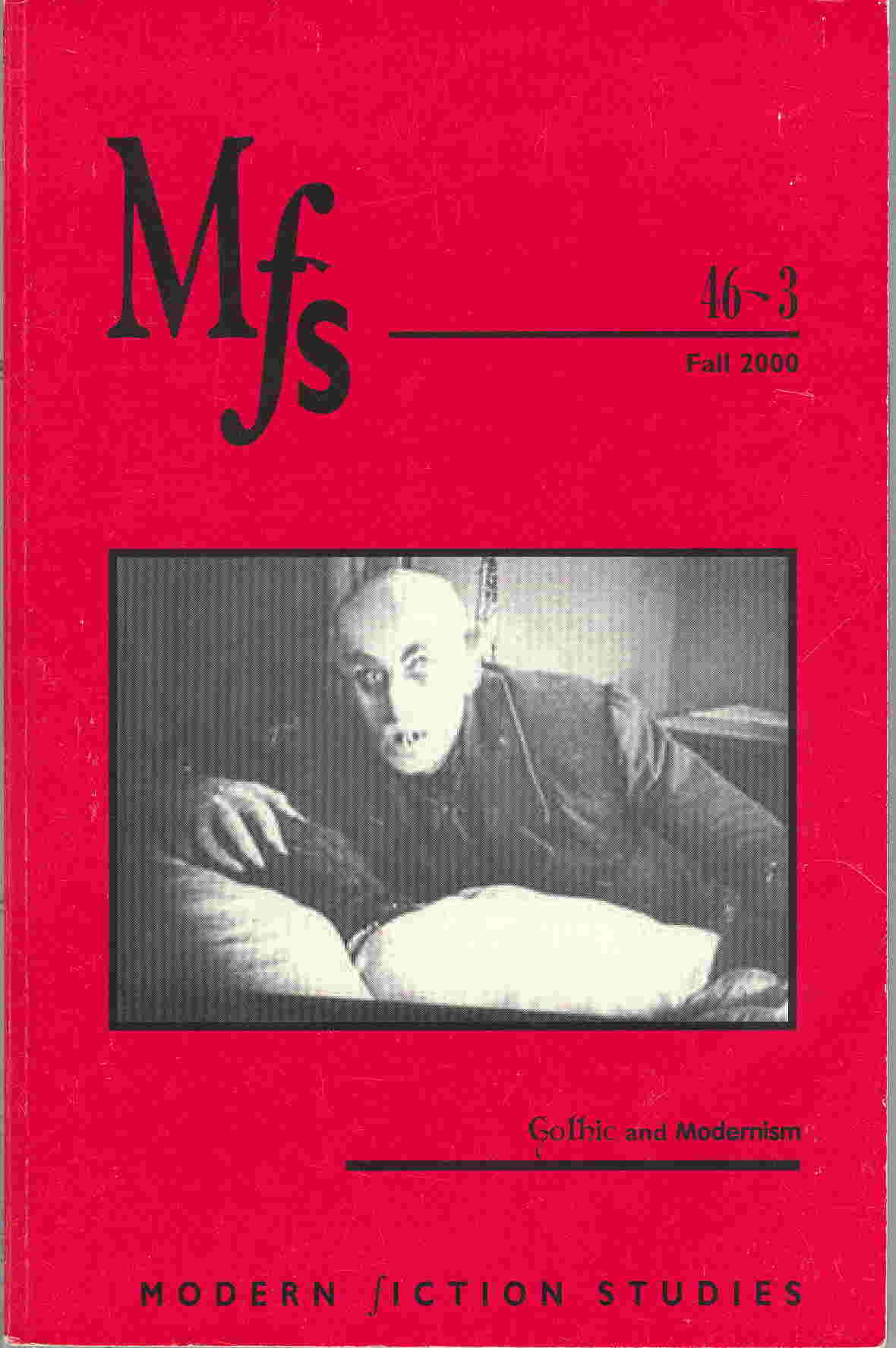 |
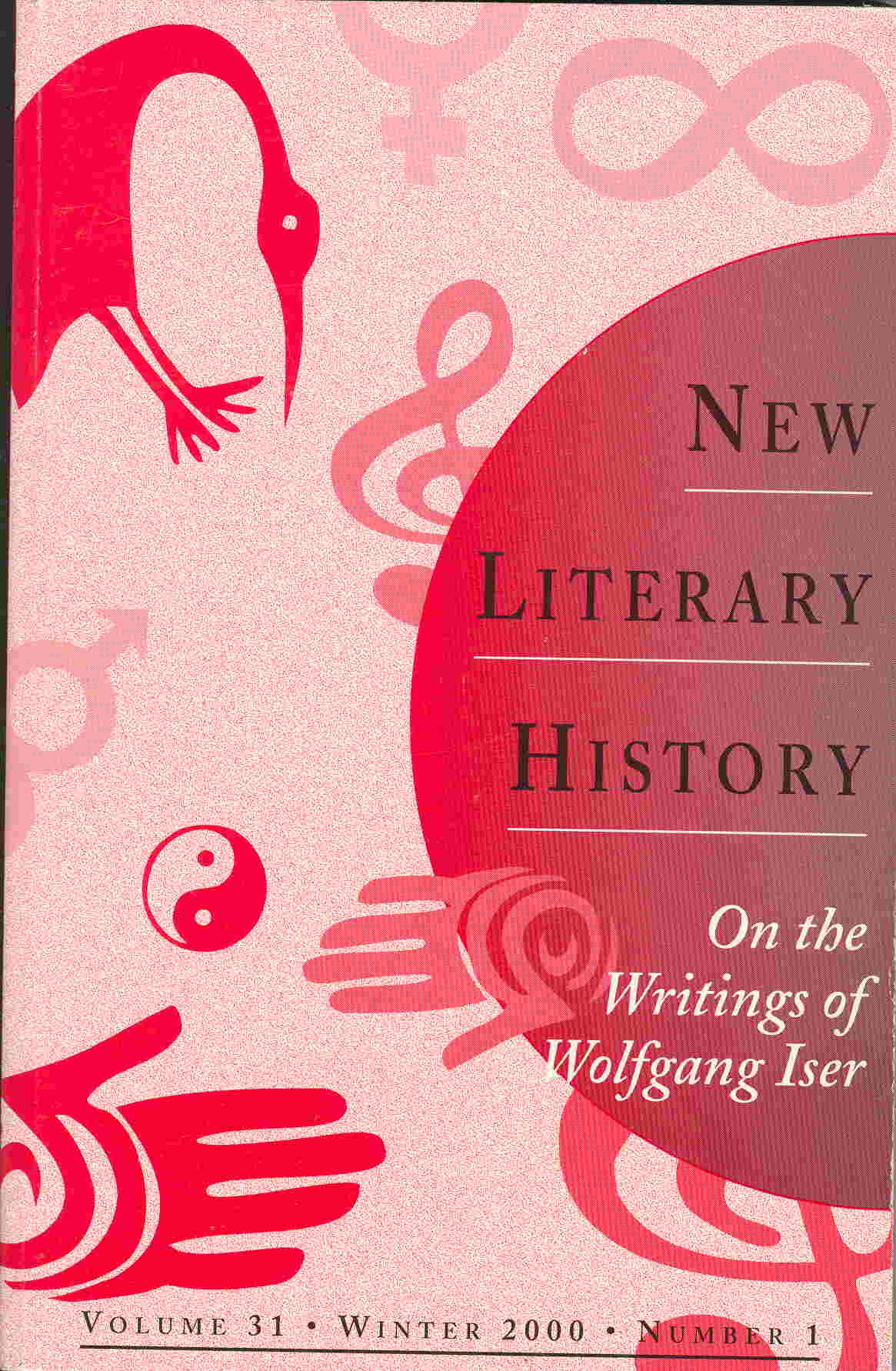 |
Special Issue, New Literary History 31:1 (Winter 2000) Containing my introduction ("Reading as Fieldwork") and essays by Paul Armstrong, Ralph Cohen, Winfried Fluck, Eric Gans, Murray Krieger, Gabriel Motzkin, Shlomith Rimmon-Kenan, J. P. Riquelme ("The Way of the Chameleon"), Gabriele Schwab, Bianca Theisen, and Brook Thomas. |
Articles, Longer Reviews, and Reprintings“Desire, Freedom, and Confessional Culture in A Portrait of the Artist as a Young Man,” A Companion to James Joyce, ed. Richard Brown (forthcoming, Oxford : Blackwell, 2007). 10,000 word illustrated essay. “Dedalus and Joyce Writing the Book of Themselves” and “The Parts and the Structural Rhythm of A Portrait,” reprinted from Teller and Tale in Joyce’s Fiction with some revisions in A Portrait of the Artist as a Young Man (New York: W. W. Norton, 2007): 307-309, 366-381. “From Superhuman to Posthuman: The Gothic Technological Imaginary in Mary Shelley’s Frankenstein and Octavia Butler’s Xenogenesis,” coauthored with Theodora Goss. Forthcoming Modern Fiction Studies 52.3 (September 2007). 11,100 words. “’Preparatory to anything else’: Joyce’s Styles as Forms of Memory—The Case of ‘Eumaeus’,” Ulysses in Critical Perspective: Nine Contemporary Essays, ed. Michael Patrick Gillespie and A. Nicholas Fargnoli (Gainesville: UP of Florida, 2006): 9-34. “Dissonance, Simulacra, and the Grain of the Voice in Roman Polanski’s Tess,” Thomas Hardy on Screen, ed. T. R. Wright (Cambridge UP, 2005):153-169. “Joyce’s Critique of Socially Pure Reason; or, Outwitting the Thought Police,” James Joyce Literary Supplement 19.2 (Fall 2005):2-4. Review essay on Katherine Mullin, James Joyce, Sexuality and Social Purity (Cambridge University Press, 2003). 4500 words. “Introduction” for “Reading Modernism, After Hugh Kenner (1923-2003),” and “Kenner, Beckett, ‘Irrational’ ‘Man,’ and the Obligation to Express,” Modernism/Modernity 12.3 (September 2005):459-463, 499-503. “A Critical History of Dracula,” Bram Stoker’s Dracula: A Documentary Volume, Dictionary of Literary Biography , Vol. 304, ed. Elizabeth Miller ( Detroit : Thomson Gale, 2005): 357-375. Expanded, updated, illustrated version of the critical history that appears in my edition of Dracula ( Bedford, 2002). "Stephen Hero and A Portrait of the Artist as a Young Man: Transforming the Nightmare of History," The Cambridge Companion to James Joyce, 2nd Ed., ed. D. Attridge (Cambridge UP, 2004): 103-120. “Contradicting the Culture,” responding to Andrew Gibson, Joyce’s Revenge: History, Politics, and Aesthetics in Ulysses ( Oxford UP, 2002). James Joyce Broadsheet 65 (June 2003): 1-2. 3000-word lead article. “Doubling and Repetition/Realism and Closure in Dracula,” in my edition of Dracula (2002, listed above): 559-572; also in that volume: “Biographical and Historical Contexts” (3-21), “A Critical History of Dracula” (409-433), Introduction to the portfolio of “Contextual Illustrations and Documents” (470-475), and my translations of passages from Marx and Nietzsche (400-401). “Toward a History of Gothic & Modernism: Dark Modernity from Bram Stoker to Samuel Beckett,” Modern Fiction Studies 46:3 (Fall 2000): 585-605. “Oscar Wilde’s Aesthetic Gothic: Walter Pater, Dark Enlightenment, and The Picture of Dorian Gray,” Modern Fiction Studies 46:3 (Fall 2000): 609-631. Reprint forthcoming: The Picture of Dorian Gray. Ed. Michael Gillespie. New York : Norton, 2006. "Wolfgang Iser’s Aesthetic Politics: Reading as Fieldwork" and "The Way of the Chameleon in Iser, Beckett, and Yeats: Figuring Death and the Imaginary in The Fictive and the Imaginary," New Literary History 31 (Winter 2000): 7-12, 57-71. Reprinted on line: E-magazine LiterNet, 12.02.2000, № 2 (3). “Navegando no Espaço Não-Euclidiano da Antropologia Litéraria” ["Navigating the Non-Euclidean Space of Literary Anthropology"], Teoria da Ficção [Theory of Fiction] (in Portuguese), ed. João Cezar de Castro Rocha (Rio de Janeiro: Press of the University of the State of Rio de Janeiro, 1999): 209-215; with further contributions to discussions on pp. 50, 97, 136, 142, 191-92, 197-198, 229. "The Modernity of Thomas Hardy's Poetry," The Cambridge Companion to Thomas Hardy , ed. Dale Kramer (Cambridge UP, 1999): 204-223. Reprint: Twentieth-century Literary Criticism, Vol. 143. ( Detroit : Gale Research Inc., 2004):184-194. Excerpted reprinting: “The Influence of Shelley,” Thomas Hardy (Bloom’s Major Poets), ed. Harold Bloom (Philadelphia PA: Chelsea House, 2004): 63-66. "Location and Home in Beckett, Bhabha, Fanon, and Heidegger,” Centennial Review 42 (Fall 1998): 541-568. "Echoic Language, Uncertainty, and Freedom in Tess of the d'Urbervilles," in my edition of Hardy's Tess of the d'Urbervilles (1998; listed above): 506-520; also in that volume: "Biographical and Historical Contexts" (3-18) and "A Critical History of Tess of the d'Urbervilles" (387-404). "Shalom/Solomon/Salomé: Modernism and Wilde's Aesthetic Politics," Centennial Review 39:3 (Fall 1995): 575-610. "Yeats's Passionate, Composed Style," Yeats Annual 13 (1995), ed. R. J. Finneran (U Michigan Pr, 1997): 102- 110. "For Whom the Snow Taps: Style and Repetition in 'The Dead'," James Joyce, The Dead: A Case Study in Contemporary Criticism , ed. Daniel R. Schwarz, (Bedford Books/St. Martin's Press, 1993), 219-233. "Joyce's 'The Dead,' the Dissolution of the Self, and the Police," Style 25, no. 3 (Fall 1991): 488-505. Reprint: Rejoycing: New Readings of 'Dubliners' (U of Ky Pr, 1998), ed. H. Mosher and R. Bosinelli. "Aesthetic Values and Processes in Eliot, Arnold, and the Romantics," T. S. Eliot, Man and Poet, ed. Laura J. Cowan (National Poetry Foundation, 1990), 277-301. "Stephen Hero, Dubliners, and A Portrait of the Artist: styles of realism and fantasy," The Cambridge Companion to James Joyce , ed. Derek Attridge (Cambridge University Press, 1990), 102-130. Portuguese translation: "Stephen Hero, Dublinenses e Retrato do Artista Quando Jovem: Estilos de Realismo e Fantasia," in riverrun: Ensaios sobre James Joyce, ed. Arthur Nestrovski (Rio de Janeiro, Brazil: Imago/Biblioteca Pierre Menard, 1992), 43-77. Chinese Reprinting, Shanghai Foreign Language Education Press, 2001. Reprint: Twentieth Century Literary Criticism, Vol. 159, ed. Thomas J. Schoenberg ( Detroit : Thomson/Gale, 2005): 266-78. "The Transformation of Romantic Tropes in T. S. Eliot's 'Rhapsody on a Windy Night'," Style 23 (Spring 1989): 1-15. "The Preposterous Shape of Portraiture: A Portrait of the Artist as a Young Man," in Modern Critical Interpretations: James Joyce's A Portrait of the Artist as a Young Man, ed. Harold Bloom (New York: Chelsea House, 1988), 87-107; reprinted from Teller and Tale, 48-65. "Metaphors of the Narration / Metaphors in the Narration: 'Eveline'," in Modern Critical Interpretations: James Joyce's Dubliners , ed. Harold Bloom (New York: Chelsea House, 1988), 73-87; reprinted from Teller and Tale, 108-20. "Poetic Creation and the Double in Eliot's Poetry," in Approaches to Teaching Eliot's Poetry and Plays, ed. J. S. Brooker (New York: Modern Language Association, 1988), 27-32. "The Modernist Essay: The Case of T. S. Eliot--Poet as Critic," The Southern Review 21:4 (Autumn 1985), 1024-32. Reprints: Essays on the Essay: Redefining the Genre, ed. Alexander Butrym (Athens, Georgia: U of Georgia Pr, 1989), 159-167. Twentieth-century Literary Criticism, ed. Jennifer Gariepy (Detroit: Gale Research Inc., 1995), 235-238. ”The Use of Translation and the Use of Criticism," editor's intro for Joyce's Dislocutions (1984; listed above). Reprint, abridged: " Ireland and Switzerland --The Cases of James Joyce and Fritz Senn," in Literary Interrelations: Ireland , England and the World, 1: Reception and Translation (Tübingen: Gunther Narr Verlag, 1987), 109-16. "Twists of the Teller's Tale: Finnegans Wake," in James Joyce: An International Perspective, ed. Suheil Bushrui and Bernard Benstock (Colin Smyth, 1982), 82-114. "Pretexts for Reading and for Writing: Title, Epigraph, and Journal in A Portrait of the Artist as a Young Man," James Joyce Quarterly 18 (Spring 1981), 301-21. "'Withered stumps of time': Allusion, Reading and Writing in The Waste Land," The Denver Quarterly 15 (Winter 1981), 90-110. "Dual Reflections on Transparency: Consciousness in Fiction," Comparative Literature Studies XVII (1980), 155-67. "The Ambivalence of Reading ," Diacritics 10, no. 2 (Summer 1980), 75-86. "The Eighteenth Brumaire of Karl Marx as Symbolic Action," History and Theory XIX (February 1980), 58-72. Reprint: Karl Marx's Social and Political Thought: Critical Assessments, Volume III, The State, Politics, and Revolution, ed. B. Jessop (London and New York: Routledge, 1990), 549-64. ReviewsMark Wollaeger, ed., James Joyce’s A Portrait of the Artist as a Young Man: A Casebook. Oxford: Oxford UP, 2003), The James Joyce Broadsheet 70 (February 2005): 3. Laurent Milesi, ed. James Joyce and the Difference of Language (Cambridge UP, 2003). JJQ 41.1-2 (Fall 2003/Winter 2004): 280-85. Melissa Knox, Oscar Wilde in the 1990s: The Critic as Creator (Camden House, 2001). Victorian Studies (Fall 2003):127-29. Pericles Lewis, Modernism, Nationalism, and the Novel (Cambridge UP, 2000). Irish Studies Review 11:3 (2003): 363-65. Andrew Smith and Jeff Wallace, eds. Gothic Modernisms (Palgrave, 2001). Clio 32:2 (Winter 2003):246-52. “The Haunting Aura of Auros’s Beckett,” Review of Beckett’s Embers and Quad, 10 th anniversary concert, Auros contemporary music group ( Cambridge MA ). The Beckett Circle/Le Cercle de Beckett 24:2 (Fall 2002). “Oscar Wilde: A Man of Renewed Importance,” review of Julia Prewitt Brown, Cosmopolitan Criticism: Oscar Wilde’s Philosophy of Art (UP of Virginia, 1997). Bostonia (Winter 1998-99, no.4): 79-81. Jahan Ramazani, Poetry of Mourning: The Modern Elegy from Hardy to Heaney (U of Chicago, 1994). JEGP95:1 (1996):153-56. Simon Gatrell, Thomas Hardy and the Proper Study of Mankind. (UP of Virginia, 1993). MFS 42:2 (1995):364-66. Robert Bell, Jocoserious Joyce (Cornell UP, 1991). MLR (1992) C. Georges Sandulescu, The Language of the Devil: Texture and Archetype in Finnegans Wake(Colin Smythe, 1987). JJQ 28:2 (1991):532-35. "Ninth Paris Joyce Colloque, 6-7 May 1988," James Joyce Literary Supplement 2, no. 2 (Fall 1988), 9-10. Bonnie Kime Scott, ed. New Alliances in Joyce Studies—“When It’s Aped to Foul a Delfian (Associated UP, 1988). JJQ “Complicit Moderns?”, a response to Vincent Pecora, Self and Form in Modern Narrative (Johns Hopkins UP, 1989). Novel 24 (1991):331-34. Terence Cave, Recognitions: A Study in Poetics (Clarendon, 1988). Philosophy & Literature 15:1 (1991):172-73. Patrick Parrinder, James Joyce (Cambridge UP, 1984). JJQ Brook Thomas, James Joyce’s Ulysses: A Book of Many Happy Returns (LSU Pr, 1982). JJQ John Gordon, James Joyce’s Metamorphoses (Gill and Macmillan, 1981). JJQ Grant Webster, The Republic of Letters : A History of Postwar American Literary Opinion (Johns Hopkins UP, 1979). Clio 10 (1981):342-44. John Burbank and Peter Steiner, transl. and eds., Structure, Sign, and Function: Selected Essays by Jan Mukarovsky (Yale UP, 1978). Clio 8 (1979):443-46. Other Short Pieces, and Miscellaneous“T. S. Eliot,” The Classical Tradition, ed. Grafton et alia (forthcoming, Harvard UP, 2008). In press. “The Negativity of Modernist Authenticity / The Authenticity of Modernist Negativity: ‘No Direction Home’ in Yeats, Dylan, and Wilde,” forthcoming in Modernism/Modernity 14.3 (September 2007). 3200-words, illustrated. “Uncoiling the Snakes of Ireland in A Portrait of the Artist as a Young Man: From the Souls in Hell to Laocoön,” forthcoming in JJQ. 2600 words, illustrated. “After Modernism: Kenner ’s Beckett/Beckett’s Kenner.” The Beckett Circle/Le Cercle de Beckett 27.2 (Fall 2004):4-6. “Hugh Kenner as Counter-fitter: A Salute from the Stuttering Hand,” James Joyce Literary Supplement 18.2 (Fall 2004):3-4. “Life of Pi: John Paul Riquelme on Hugh Kenner.” Bookforum (Spring 2004):6. "Enjoying Invisibility: The Myth of Joyce's Impersonal Narrator" (presented at the Seventh International James Joyce Symposium), in The Seventh of Joyce, ed. Bernard Benstock (Indiana U. P., 1982), 22-24. Cited in The James Joyce Archive, vol. 12, p. xxvii (Garland, 1979) for work on the Ulysses Notesheets in the British Library (B.M. Add. MS. 49975) that resulted in a reordering of the Notesheets. In Progress & ProjectedBooks: "Oscar Wilde’s Aesthetic Politics: Origins of Modernism in 1890s Britain." I intend to put together a collection of my essays. Essays on: The Cretan Laugher in Joyce (also Wilde and Beckett); Negativity in Beckett’s Footfalls/Pas; Irish modernist iconoclasts (Wilde, Joyce, Bram Stoker) on Shakespeare and the British Monarchy. Future writing will concern Yeats (mask and nation), Joyce (laughter), Beckett (negativity), and Roman Polanski (Oliver Twist). |
John Paul Riquelme, Department of English, College of Arts and Sciences, Boston University, 236 Bay State Road, Boston, Massachusetts 02215 USA Comments, suggestions, questions, and answers greatly appreciated. Revised 12 March, 2007 |